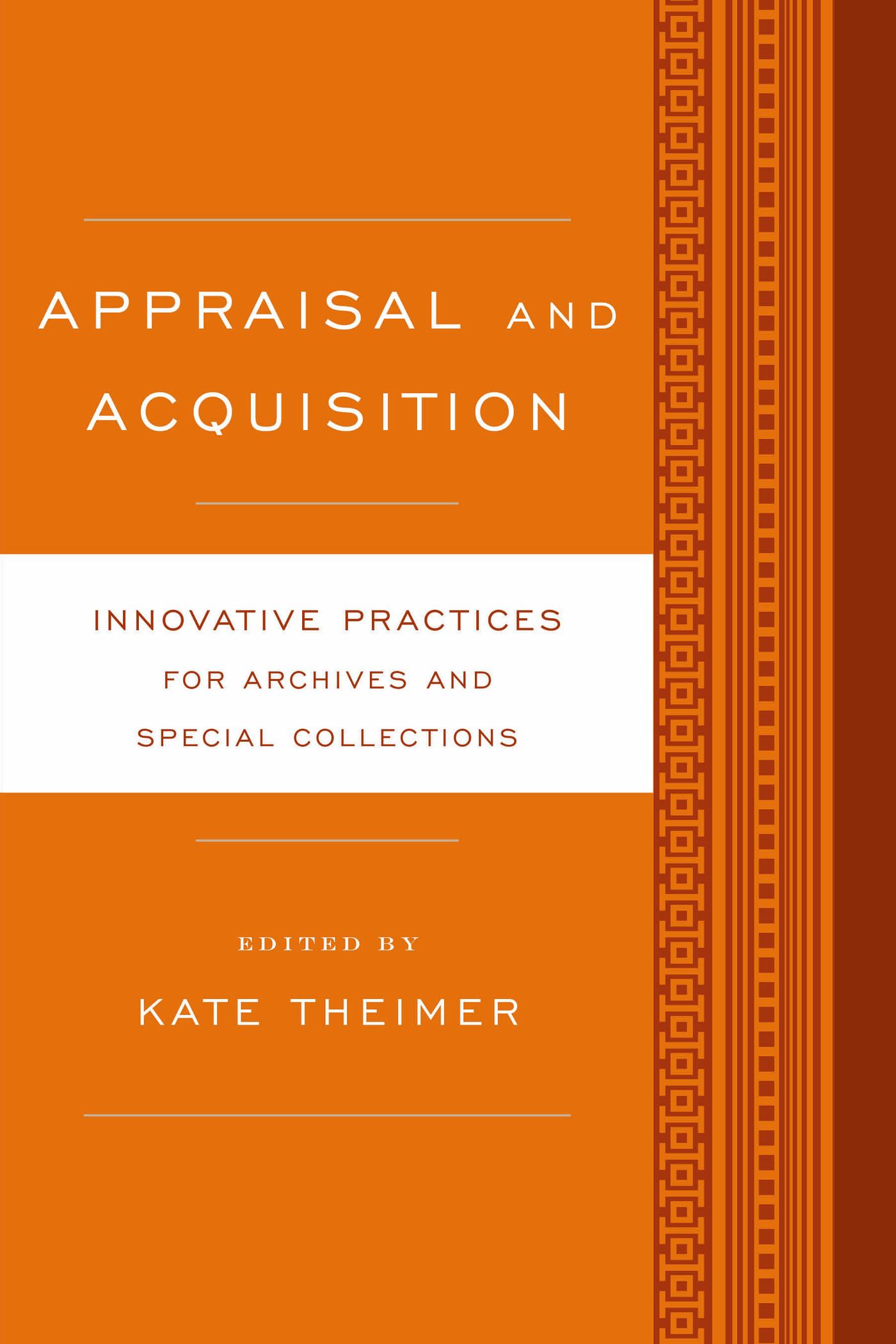Appraisal and Acquisition
Innovative Practices
for Archives and Special Collections
Series Editor: Kate Theimer
This dynamic series is aimed at those working in archives and special collections as well as other cultural heritage organizations. It also provides students and faculty in archives, library, and public history graduate programs a resource for understanding the issues driving change in the field today.
Each book in the series tackles a different area in the field of archives and special collections librarianship and demonstrates the kinds of strategies archivists are using to meet these new challenges.
These innovative practices reflect approaches and ideas that will be new to many readers. The case studies featured in each book have been selected to keep in mind a broad spectrum of readers and enable the series, as a whole, to benefit a diverse audience.
Each book features case studies from both large and small organizations. Thus, some of the creative ideas presented are being implemented with costly tools and robust infrastructures, and others are being done on a shoestring. A hallmark of the series is that every case study incorporates ideas that are transferrable, even if the specific implementation might not be.
About the Series Editor
Kate Theimer is the author of the popular blog ArchivesNext and a frequent writer, speaker, and commentator on issues related to the future of archives. She is the author of Web 2.0 Tools and Strategies for Archives and Local History Collections and the editor of A Different Kind of Web: New Connections between Archives and Our Users, as well as having contributed chapters to Many Happy Returns: Advocacy for Archives and Archivists, The Future of Archives and Recordkeeping and the forthcoming Encyclopedia of Archival Concepts, Principles, and Practices. She has published articles in The American Archivist and the Journal of Digital Humanities.
Kate served on the Council of the Society of American Archivists from 2010 to 2013. Before starting her career as an independent writer and editor, she worked in the policy division of the National Archives and Records Administration in College Park, Maryland.
Titles in the Series
Description: Innovative Practices for Archives and Special Collections
Outreach: Innovative Practices for Archives and Special Collections
Reference and Access: Innovative Practices for Archives and Special Collections
Management: Innovative Practices for Archives and Special Collections
Appraisal and Acquisition: Innovative Practices for Archives and Special Collections
Educational Programs: Innovative Practices for Archives and Special Collections
Appraisal and Acquisition
Innovative Practices for
Archives and Special Collections
Kate Theimer
ROWMAN & LITTLEFIELD
Lanham Boulder New York Toronto Plymouth, UK
Published by Rowman & Littlefield
4501 Forbes Boulevard, Suite 200, Lanham, Maryland 20706
www.rowman.com
10 Thornbury Road, Plymouth PL6 7PP, United Kingdom
Copyright 2015 by Rowman & Littlefield
All rights reserved. No part of this book may be reproduced in any form or by any electronic or mechanical means, including information storage and retrieval systems, without written permission from the publisher, except by a reviewer who may quote passages in a review.
British Library Cataloguing in Publication Information Available
Library of Congress Cataloging-in-Publication Data
Appraisal and acquisition : innovative practices for archives and special collections / edited by Kate Theimer.
pages cm. -- (Innovative practices for archives and special collections) Includes bibliographical references and index.
ISBN 978-1-4422-4953-0 (hardcover : alk. paper) -- ISBN 978-1-4422-3854-1 (pbk. : alk. paper) -- ISBN 978-1-4422-3855-8 (ebook)
1. Appraisal of archival materials. 2. Archives--Acquisitions. 3. Libraries--Special collections. I. Theimer, Kate, 1966- editor.
CD973.A77A67 2015
025.2'814--dc23
2014048167
 TM The paper used in this publication meets the minimum requirements of American National Standard for Information Sciences Permanence of Paper for Printed Library Materials, ANSI/NISO Z39.48-1992.
TM The paper used in this publication meets the minimum requirements of American National Standard for Information Sciences Permanence of Paper for Printed Library Materials, ANSI/NISO Z39.48-1992.
Printed in the United States of America
Introduction
Appraisal is, arguably, the most important thing archivists do. After all, determining what materials are preserved dictates the future of the archives. However, in practice, archival appraisal is often just as, if not even more, affected by the concerns of the present rather than the possible needs of the future. The literature of the archival profession is rich in theoretical discussions of appraisal, but the decisions archivists make in their work are influenced by a host of concrete issues. This is not to say that archivists do not take future needs into account in making their decisions but rather that what is often presented as a theoretical exercise is actually a very practical one. The question What should we collect? turns into a series of more pragmatic questions, such as How can we collect these materials?, How can we provide access to them?, How would these materials be used?, How can we preserve them?, and Where will we store them?
When appraisal develops into acquisition, materials that were accepted as an aggregate can reveal a host of individual and unique problems. All too often what an archivist thinks he or she has agreed to accept is not quite the same as the materials that arrive on the loading dock. And when resources of all kinds are limited for most repositories, ensuring that transferred materials are worth investing in has become a priority. Therefore making wise decisions at a high level about what to collect has become even more important, and making prudent decisions at lower levels has become a necessity.
Appraisal and Acquisition: Innovative Practices for Archives and Special Collections explores how archivists and special collections librarians in organizations of different sizes and types have approached these kinds of challenges, as well as exploring opportunities to acquire new kinds of materials and conduct thoughtful reappraisal. These case studies show a range of strategies and processes, but all were selected because they demonstrate ideas that could be transferred into many other settings. They can serve as models, sources of inspiration, or starting points for new discussions. This volume will be useful to those working in archives and special collections, as well as other cultural heritage organizations, and provides ideas ranging from those that require long-term planning and coordination to ones that could be more quickly implemented. The chapters also provide students and educators in archives, library, and public history graduate programs a resource for understanding the varieties of issues related to appraisal and acquisition and how they can be addressed.
About the Innovative Practices Series
I debated with myself for some time over the title of this series, Innovative Practices for Archives and Special Collections. After all, what is innovative and new to one person is often standard procedure to another. Another option was to call them best practices and follow the model of a series of similar books from the same publisher featuring case studies from libraries. But this seemed equally problematic. In a field that seems to embrace the phrase it depends as a mantra, putting forward the experience of any one archives as best practice seemed ill advised.

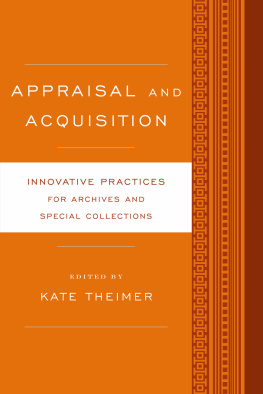



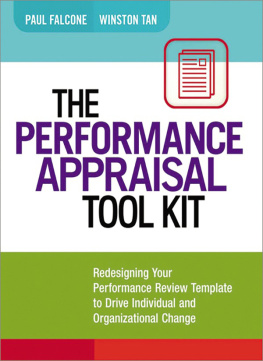
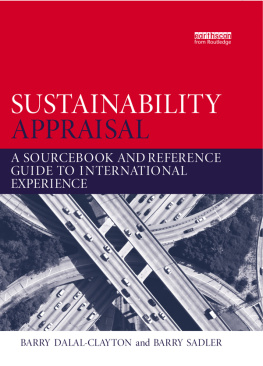
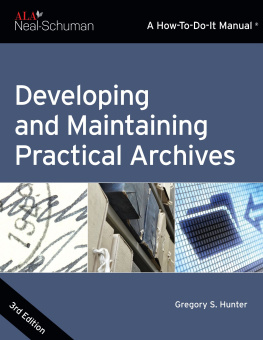
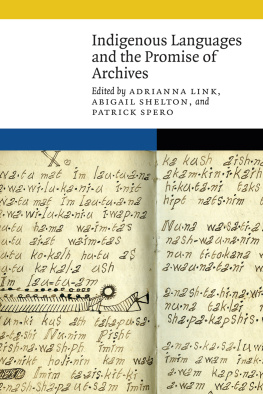

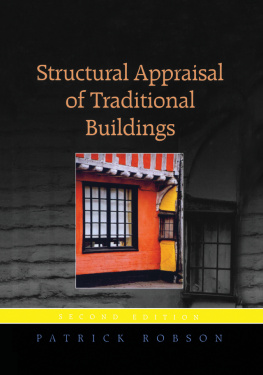
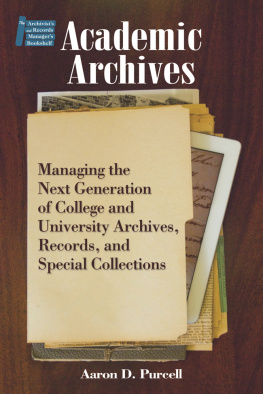
 TM The paper used in this publication meets the minimum requirements of American National Standard for Information Sciences Permanence of Paper for Printed Library Materials, ANSI/NISO Z39.48-1992.
TM The paper used in this publication meets the minimum requirements of American National Standard for Information Sciences Permanence of Paper for Printed Library Materials, ANSI/NISO Z39.48-1992.